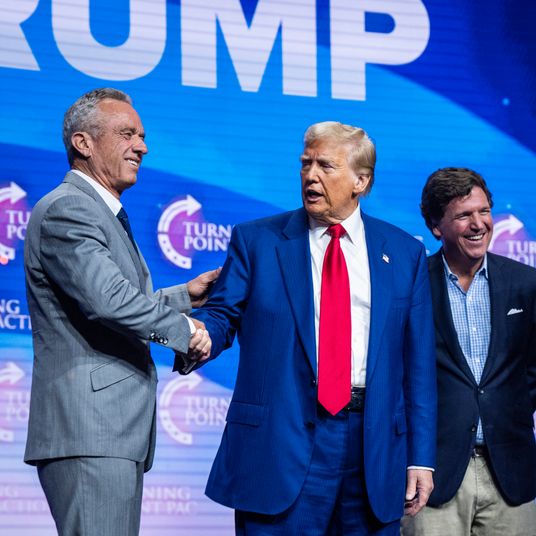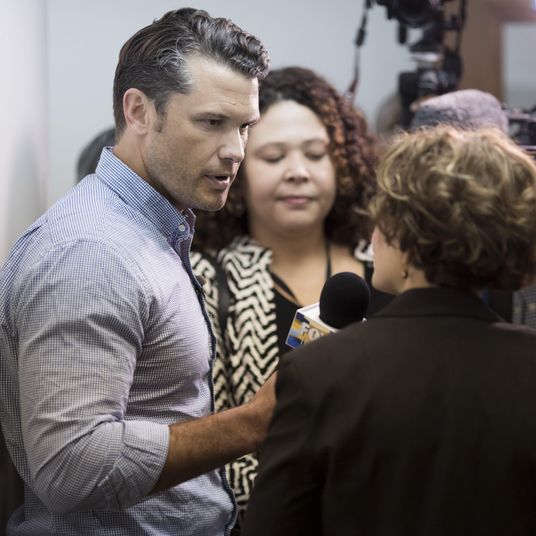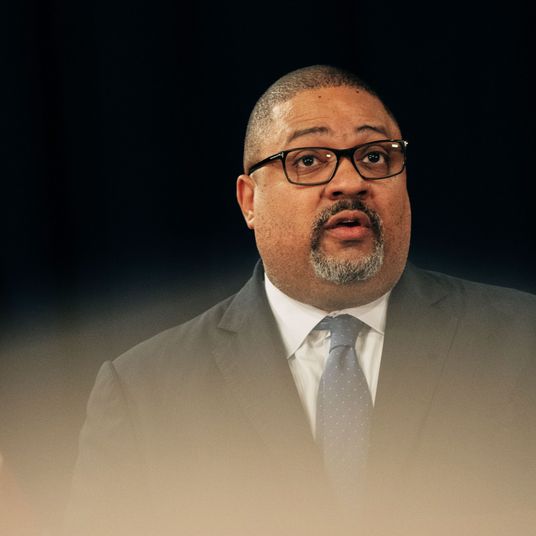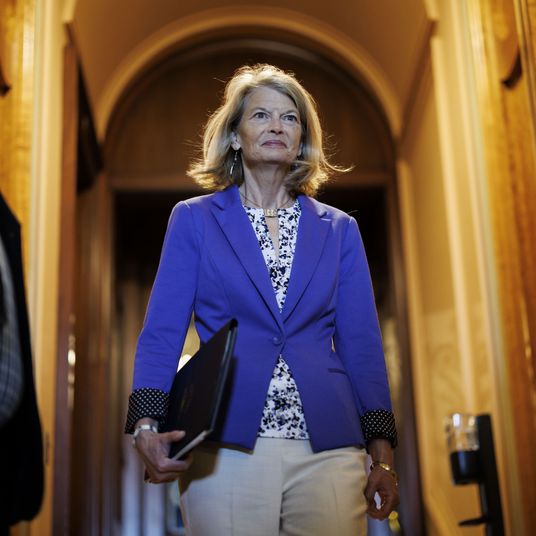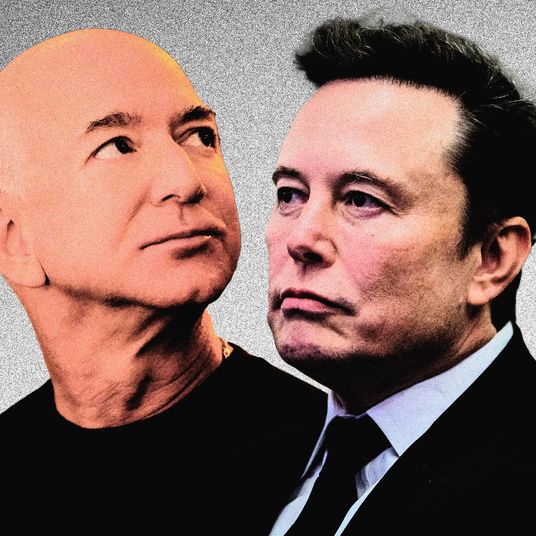
When the fuselage of Alaska Airlines Flight 1282 ripped open on January 5 as it flew from Portland, Oregon, to Ontario, California — exposing passengers to howling wind, an up-close-and-personal look at the starry heavens, and an intimate brush with their own mortality — it occasioned a familiar ritual. There was the discovery of even more disturbing flaws in the model, the Boeing 737 Max 9, in the form of loose bolts in multiple other planes. There were professions of remorse from Boeing and not entirely convincing assertions of its commitment to the well-being of its passengers (“Safety is our top priority”). And there were promises of an investigation by regulators: “This incident should have never happened and it cannot happen again,” the Federal Aviation Administration said.
This cycle — shock, regret, vows to do better — has happened before. After the deadly Lion Air crash in 2018, which killed 189 people, Boeing proclaimed, “Safety remains our top priority” — only for another equally deadly 737 Max crash in Ethiopia, which killed 157 people, to prompt the worldwide grounding of all Max planes in 2019. A criminal inquiry resulted in a fine of over $2.5 billion, and while it remains to be seen what will come of a class-action lawsuit filed by the traumatized passengers of Flight 1282, it is clear that even hefty penalties aren’t enough to keep flawed planes from the skies. Although more issues were recorded since the 2019 grounding, including the discovery of hundreds of holes that were drilled incorrectly on the Max’s aft pressure bulkhead, the Max was patched up and cleared to return to service.
As a burgeoning genre of books and documentaries has made clear, Boeing’s problem is not fundamentally a matter of engineering but of culture. For all its claims of putting safety first, the company’s actual priority is to maximize profit and shareholder value. Instead of investing in hiring and nurturing the best employees, or designing and building a new generation of aircraft, Boeing has spent its billions on share buybacks. Like piloting a faulty plane, this kind of strategy works until it doesn’t.
Aviation-industry insiders have been voicing frustration with Boeing for a while now. “Culpability for the culture, strategy, direction, priority of that company rests with the Boeing board and nobody else,” Tim Clark, president of Emirates, said in 2021. In private, some are even blunter. “I know the CEO of a leasing company who won’t fly on Max because he just thinks the plane’s inherently unsafe,” says Scott Hamilton, author of Air Wars: The Global Combat Between Airbus and Boeing.
It would be nice to think there might be a way out of this conundrum — a way that we, the public, could be rid of this troublesome 737 Max once and for all. Is there any realistic prospect that it could get pulled from service?
In short, no. “The odds are zero or less,” says Hamilton.
Boeing has no interest in ditching the plane. For all its faults, for all the billions of dollars that Boeing has had to pay in fines and compensatory payments, the 737 Max is still the most valuable product in its inventory with a backlog of nearly 5,000 orders, each worth $100 million. “The Max is going to be a profitable airplane,” Hamilton says.
It doesn’t really matter that the Max is the most despised airplane since the DC-10, the fabled “flying coffin” of the 1970s and ’80s, because as much as passengers might swear up and down they’ll never set foot in one, the fact is that very few people actually pay attention to what kind of plane they’re getting on, especially once the news cycle has moved on to fresher outrages.
The airlines aren’t particularly bothered, either. The industry entered a boom phase after the pandemic and found itself short of the jets it needed to rapidly expand capacity. The Max’s spotty safety record didn’t discourage airlines from buying it, which is in keeping with research showing that even major accidents are unlikely to change an airline’s purchasing decisions.
There are also few incentives to swap one existing model for another. “Airlines cannot costlessly switch between planes,” says Silke Forbes, a Tufts University economist who has studied the effects of air accidents on the airliner market. “They spend a lot of money training their pilots, flight attendants, and maintenance crew on existing aircraft models. They have to invest this money again every time they add a new type of aircraft.”
Plus, she says, “it takes a long time to produce new aircraft. If an airline wanted to drop an existing order of a 737 Max, they would have to get in line at Airbus and find that this could add several years of wait before they receive their new aircraft. That is costly, making it less likely that airlines will switch.”
The airline industry’s hunger for new jets should theoretically encourage new manufacturers to enter the business with a better product that will eventually drive Boeing’s inferior plane out of the market. In a sense, that’s exactly what Airbus did when it launched the A300 in 1972, five years after the 737’s first flight. Airbus now has more than 8,000 orders on its books.
The problem is that Airbus and Boeing now have the market so tightly sewn up between them that airlines really have nowhere else to turn. Brazil’s Embraer and Canada’s Bombardier have both spent years chipping away at the market from the smaller end, but neither competes directly with the 737 Max or Airbus’s equivalent, the A320Neo. China is also trying to enter the fray, but for now its Comac C919 is limited to domestic use within the country.
Today, with Airbus preoccupied with filling its own vast order book, Boeing is in much the same position as GM was in 1972, when it so dominated the U.S. auto market that it became corrupted with hubris and lethargy. But unlike the 1970s, when GM’s gas-guzzlers were eventually shellacked by Japanese imports amid an oil crisis, there is no equivalent of Toyota or Honda in the marketplace today that could threaten Boeing.
The company’s internal torpor is dangerous in the long term. It’s easy to imagine Boeing continuing to limp along from crisis to crisis, never meaningfully grappling with its problems but never suffering enough that it has to change, even if its luck gets worse. During a press conference on January 6, National Transportation Safety Board chair Jennifer Homendy wondered aloud at how much more dangerous the blowout might have been had it occurred while the plane was at cruising altitude, at a time when passengers and crew were up and moving around the cabin. “We could have ended up with something so much more tragic,” Homendy said. Maybe people could have gotten sucked out into the slipstream. Or, worse, maybe the whole plane could have come apart.
The institution with the power to prevent such scenarios from happening is Boeing’s regulator, the FAA. But the FAA, like other government watchdogs, has been captured by the entities it is supposed to govern. For years, the FAA and Boeing have had such a close relationship that it has been hard to see where one begins and the other ends. The FAA even allowed Boeing and other companies to use their own employees to carry out the role of FAA inspector on their assembly lines, an arrangement called “delegated authority.”
The ongoing travails of the Max have undercut that trust. On January 12, a day after much of the 737 Max 9 fleet was grounded, the FAA declared it would “immediately increase its oversight of Boeing production and manufacturing,” including an audit of Boeing’s 737 Max 9 production line. It said it would also conduct an “assessment of safety risks around delegated authority and quality oversight” and consider moving these functions to “independent, third-party entities.”
The move reflects a massive shift on the FAA’s part. The question is whether it will go far enough. If history is any guide, a patch will be found, regulators will be satisfied, and the 737 Max will take to the skies once more.















